The volcanoes of Hawaii are some of the most fascinating in the world. There are five major volcanoes on the big island, and they are active. So read on to learn more about these natural wonders! When planning a trip to Hawaii, it’s essential to learn about these volcanoes and understand their potential dangers. This article will discuss the history of Hawaii’s volcanoes, what they can do, and how to stay safe if you’re visiting one.
The History Behind The Big Island Volcanoes

Located in the Pacific Ocean, Hawai’i is home to numerous active volcanoes, five of which are located on The Big Island. Hawaii’s volcanic activity results from “hot spot” magma located deep beneath the Earth’s surface that pushes molten rock toward the Earth’s surface. As this molten rock continues to move, new crusts are formed as the older ones sink or collapse under gravity and pressure.
Over time, this process eventually forms a large mountain – thus creating what is now known as a volcano. While most of these volcanoes become extinct millions of years later due to erosion and cooling of lava, those on The Big Island remain active, with some eruptions occurring thousands of times over centuries – resulting in unforeseeable destruction throughout history!
The Five Major Volcanoes In Hawaii
With the ability to alter the landscape and even cause a tsunami, the five major volcanoes in Hawaii are no doubt powerful forces of nature. Here is a better look at each of them and their capabilities:
Kilauea
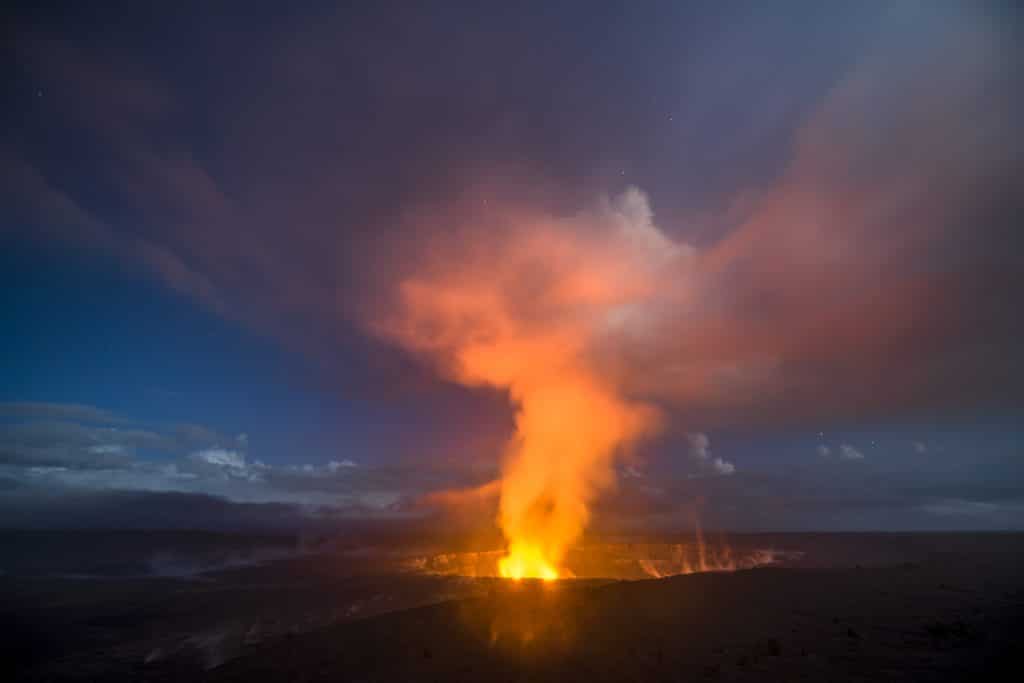
Kīlauea is an incredible volcano located on the Big Island of Hawaii and is considered one of the world’s most active volcanoes. Its destructive power has shaped the island’s landscape, providing a backdrop of extraordinary beauty. Kīlauea’s eruption sites draw in researchers from around the globe due to their geological diversity and tendency to provide scientists with useful data.
As it has continuously conducted relatively small eruptions since 1983, those who live near Kīlauea must always remain aware and prepared for any authority-mandated evacuations. Despite this, Kilauea is a precious gem to the inhabitants of Hawaii and all other interested onlookers as this incredible volcano continues sculpting one small corner of our planet.
Mauna Kea
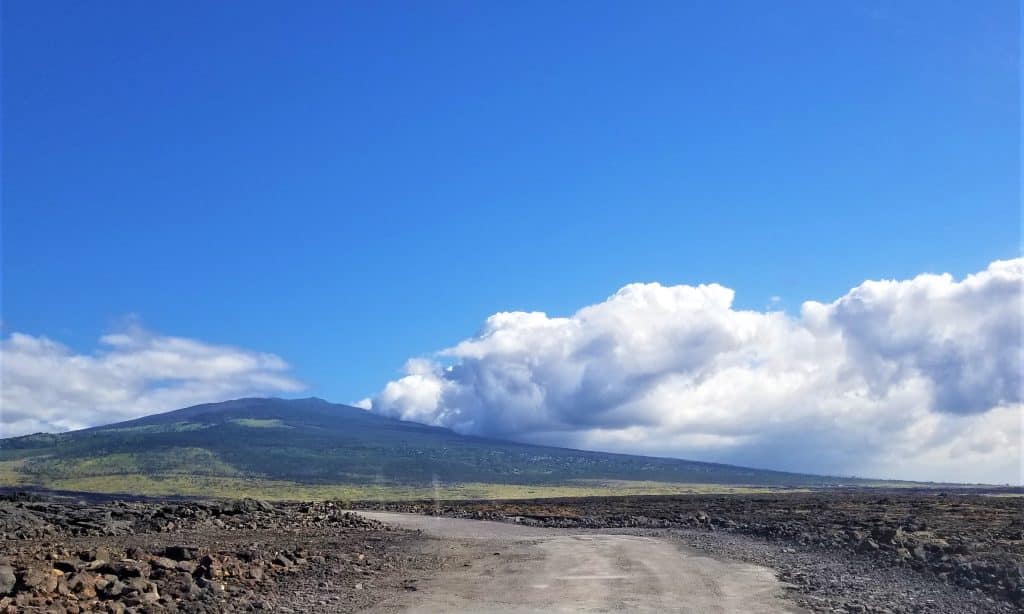
Standing tall in the middle of the big island of Hawaii, Mauna Kea is an iconic volcano whose snow-capped peaks reach 4,207 meters above sea level. While technically considered a dormant volcano, since it last erupted 3,500 years ago, it has served as a spiritual and ceremonial site for Hawaiian culture for centuries and remains an important historical landmark today. Although the mountain erupted long ago, the summit continues to be home to astronomy observatories that take advantage of Hawaii’s clear night skies on their quest to understand our universe.
Hiking or driving to Mauna Kea’s peak can be a scenic journey and an insightful experience of Hawaii’s roots and remarkable beauty. You can even visit the Onizuka Center for International Astronomy to learn about the history of Hawaii’s volcanoes and culture and how to best enjoy this sacred mountain.
Mauna Loa
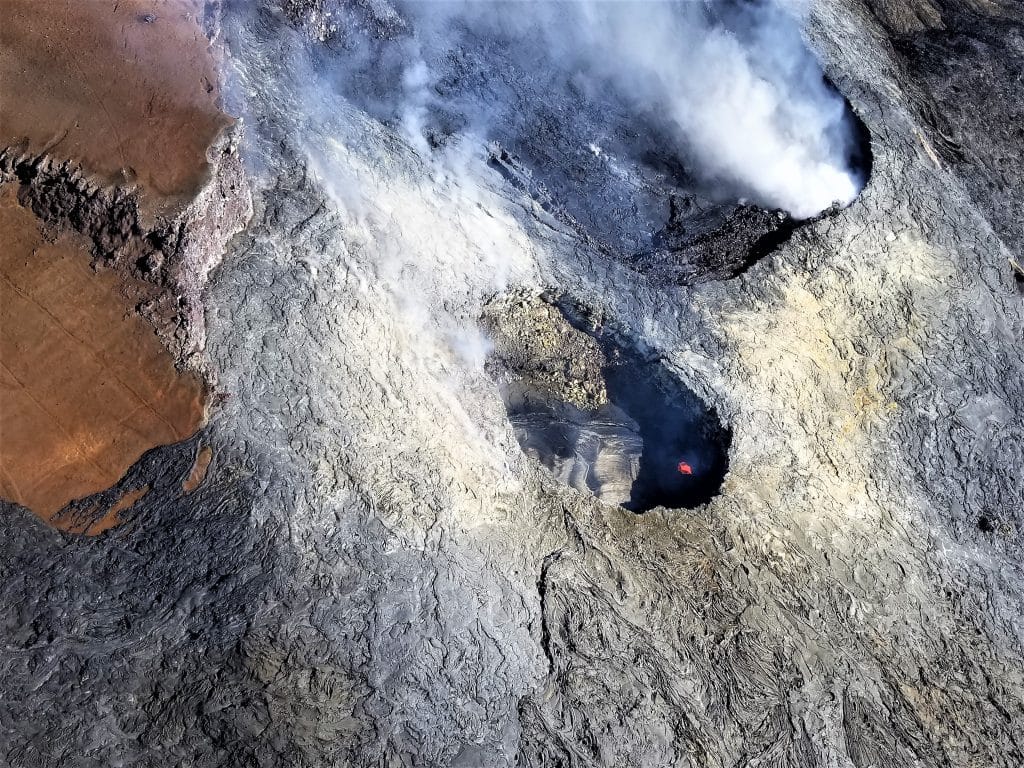
Mauna Loa is one of the most awe-inspiring places on Earth. Situated on the Big Island of Hawaii, it is the largest active volcano in the world. Its sheer scale is unmatched – Mauna Loa covers almost half of Hawaii’s landmass, and its highest point reaches over 13,000 feet above sea level. It has been continuously erupting since 1843, but fortunately, its eruptions have generally been peaceful enough to barely be noticed by anyone nearby.
What’s more incredible is that Mauna Loa also holds a significant place in geological history – recent evidence suggests that it has been continuously active for 700,000 years, making it one of the most enduring natural creations on the planet today.
Kohala
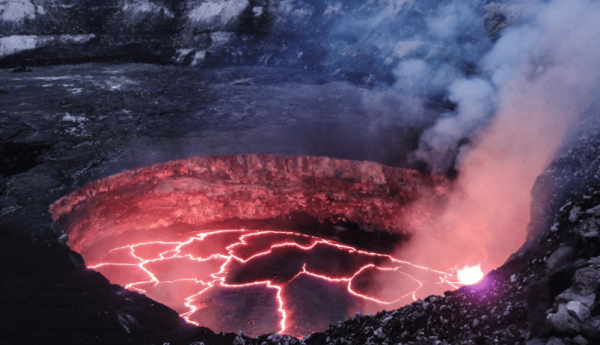
Sitting just northwest of Mauna Kea, Kohala is a stunning reminder of the planet’s power. This massive volcano is millions of years old, standing over 3,000 feet tall and stretching well into the Pacific Ocean. Its history has experienced numerous eruptions, but it currently lies dormant and allows visitors to enjoy its beautiful surroundings without fear. In recent years, Kohala has become popularized by tourists worldwide looking for a glimpse at volcanic grandeur.
However, many locals remain deeply connected to this majestic wonder–after all, it was the first region on the island to be formed by lava flows thousands of years ago! Truly, Kohala is a testament to nature’s extraordinary power and beauty.
Hualalai
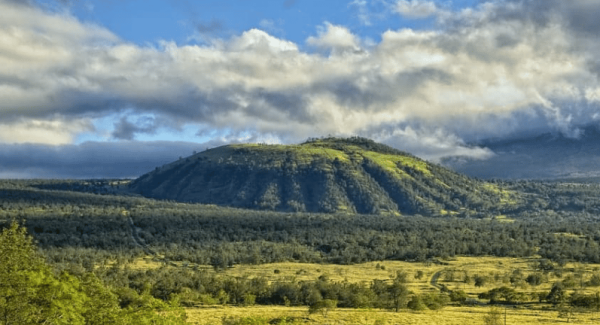
Hualalai is one of the more active volcanoes on the island, an iconic destination renowned for its beauty and active geology. Considered to be one of five volcanoes still erupting on the island, Hualalai last erupted in 1801, which was, by most accounts, a mild eruption with little-to-no damage reported. The history of Hualalai is mostly determined by various archaeological artifacts discovered, such as those indicating it was constructed around 300 AD.
Interestingly, these artifacts also suggest that Hualaalai served as an important trade route centuries ago and helped to connect one part of the island to another, allowing for improved communication and showing its already significant cultural importance. Today it stands tall as a testament to centuries-old history and a reminder of the ongoing seismic activity in the region.
Tips For Visiting The Volcanoes Of Hawaii

If part of your Hawaiian vacation involves visiting the volcanoes of Hawaii, there are a few key tips to keep in mind. These tips will help ensure that your experience is safe and enjoyable, from planning to the actual trip.
- Check Local Weather – It’s important to plan your trip around the current weather conditions, as this can affect how easily you can access certain regions and what type of precautions you may need to take.
- Follow Advisories – For reasons including safety and environmental concerns, volcanoes often have restricted areas or restrictions on certain activities. Make sure to closely follow any advisories to ensure your experience is not impacted.
- Stay On the Trails – As with any other natural area, it’s crucial to stay on designated trails when visiting a volcano. This helps to protect both you and the unique ecosystem of the area.
- Wear the Right Gear – Besides the standard hiking gear, it’s a good idea to pack some additional items when visiting a volcano. This might include specialized clothing or accessories that protect you from the sun and any other risks the area poses.
- Take Photos and Record Your Experience – A trip to one of the volcanoes of Hawaii is a truly memorable experience, so be sure to capture it through photos and videos. This will allow you to relive the moment for years to come and share it with others!
The Volcanoes Of Hawaii Are Truly A Spectacle!
Whether you are visiting for the first time or returning to immerse yourself in its beauty once again, the volcanoes of Hawaii offer an incredible experience like no other. With so much history and natural wonder within each one, it’s easy to understand why these destinations are such popular attractions for tourists worldwide. To help ensure that your experience is safe and enjoyable, be sure to follow these tips for visiting the volcanoes of Hawaii. And most importantly, take the time to truly appreciate all these remarkable natural wonders have to offer!
